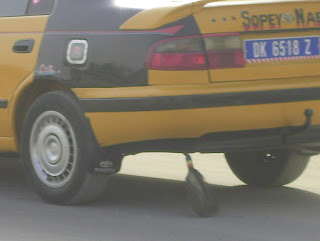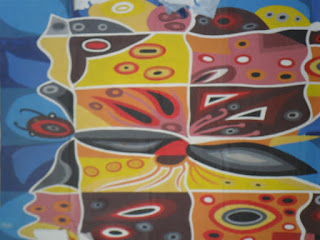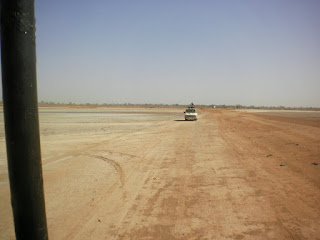Saturday, February 2, 2013
Home, the Final Frontier
As the star ship Voyager (a.k.a. Air
France 791) leaves Senegal tonight, Saturday,
for France and then on to the US (under a different number), at least two of those aboard will carry
memories and tales of adventure back to the New World. They will recall fondly their time in Africa
in 2013 and also celebrate their return home to a place unmatched in the world.
Of course, memory fades with the passage
of time. So they will remember best the
most recent. They will still be
able to taste the urchins, oysters, mussels, and escargot they had for lunch
today.
One of them will fondle her new
bracelet and still have a keen vision of the Taureg craftsman who made it along
with her earrings.
They will remember the unpleasant
things too. Today’s walk to breakfast
through the dirt, grime, and ever-growing litter on the streets. The many beggars, both young and old, who
seem to have no point in life and no hope for change. And, the air pollution in Dakar.
But the good memories will drown out the bad eventually. They will see in their minds’ eyes the taxis with tails in Dakar and the beautifully dressed women.
The inside of the dome and the stained glass at the Catholic church downtown will still amaze them.
Their lips will still savor the morning’s café
Touba and the taste of a sandwich achee or an omlette fromage or a fresh
beignet.
They will still be able to feel
the breeze off the Atlantic as they looked to the west sipping a cold
Gazelle.
And their ears will still ring
with the voices of all the people who love America and want to go there some
day or were there and want to share their memories.
Sandy and Terry will share these
and their deeper memories with each other and with you as time goes by and they
come to the surface.
Now, beam us home, Scottie!
Terry and Sandy






















































